Hot off the heals of my Iceland 2015 Tour, we continue today with part two of a four part series of travelogues to walk you through a total of 40 images selected from my 70 final images from the tour.
We pick up the trail on September 25, as we headed into the Highlands, and on to Landmannalaugar. Let’s start with this image with me included (below), which I shot mainly to send to my friends at Gura Gear to show their Bataflae 18L camera backpack in this beautiful location. But, as I’ve mentioned in the past, sometimes I think adding a human figure can increase the impact of a landscape photograph like this, because it gives us a way to imagine ourselves on that rock looking out across the land.
This location is on the west side of a lava shelf that we walked across to get to this point, and would go on to circumnavigate, as we’ll see in the next few images as well. I think there are some places on earth that are closer to heaven than others, and Landmannalaugar is definitely one of them. We had great weather, with sun breaking through occasionally, illuminating the valley, but also giving us a great sky for many of the images.
I shot this photo (above) at f/14 for a 1/60 of a second at ISO 100, with a focal length of 35mm. For the next photo though (below), I switched to my 11-24mm lens and shot it at 12mm to accentuate the sky. I’m including this image to make a point which I’ve talked about many times before, as I think this is a good example.
When we approach a scene, we start to scan the environment and see many things that we find beautiful, but if we reach for a wide angle lens and try to include them all, each individual component of the seen becomes quite small in the frame. Although it was still relatively wide at 35mm, note how the previous photo really shows us the mountains on the other side of the valley, and yet in this much wider image, those mountains are just a tiny, almost insignificant part of the distant scene, in the bottom centre of the image.
I like this shot for what it is. It was more about the sky and the mountains play only a supporting role, but this does show how small the elements that excite us can become if you reach for a wide angle lens instead of zooming in a little to capture the details that are what we are really excited about. Taken further, I often recommend that people also take out a much longer lens, like a 70-200mm and really zoom in on the details. Although the sweeping vista is a lovely photo, you only need to include as much as necessary to show the impact of the location. If you go too wide and try to include everything that has caught your eye, each one of those elements can fade into insignificance.
In this next image (below), I photographed the cotton grass reflected in a tiny pool at the edge of the valley just below the lava shelf. You might have noticed the stream that runs through the valley in the earlier photos, and I wanted to point out that this is not that. Running water in a stream doesn’t really work for this kind of image, because the texture in the surface gets in the way. It has to be still water, and on a relatively windless day for this to work. You can see some distortion in the reflected mountain, which comes from ripples in the water caused by the breeze that we had. If there was no breeze, this would have been a mirror-like reflection, but I still quite like this.
I shot this at 55mm with my 24-70mm f/2.8L lens, but I experimented a fair amount with focal lengths here, trying to get enough depth of field to get both the foreground cotton grass and the distant mountains sharp. Because the depth of field in our photos gets shallower as we zoom in, I found that here 55mm was the limit of how close I could go and still get the mountains sharp enough to be able to use the photo.
Afterwards, I switched to my 100-400mm lens to get in closer, because I wanted to stitch multiple images together to get this wide panoramic view, but the depth of field was too shallow, so I didn’t select any of those images. This is a crop from a single frame from my Canon EOS 5Ds R.
I also shot a few pairs of images, where I focussed on the cotton grass first, then focussed on the distant mountains for a second frame, and I might focus stack them later, but I also like the framing of this image too, so this became my pick.
After spending a fair amount of time at the west side of the lava shelf, we walked south, to the fumaroles spewing steam and gas from what’s left of the volcano, and then continued south to a point that I’d not visited before. Most of the group seemed to have enough energy left, so my partner for this trip Tim Vollmer showed us another location that we’d not visited on previous trips.
We walked up a into the beautiful coloured mountains, similar to those that we saw on the other side of the valley in the first few images. In this first image from this point (below), I was looking back towards where some of the group still were. If you click on the image and view it at full (web) size, you can probably make out a few people on the ridge on the right side of the image.
From where I was standing for this image, I turned around and in the other direction could see the following scene (below). I have to tell you, this photo really doesn’t do the location justice, but you can probably make out all of the beautiful colours in the mountains. I was amazed to see blue in there too. One of our participants this year was a geologist, and he explained that these various colours are caused by traces of iron, that create different colours based on how long it takes that layer of the earth to cool during it’s formation, or something like that.
I shot this at f/14, for 1/40 of a second at ISO 400. As I mentioned last week, although I was using a tripod, I decided to increase the ISO instead of going for a longer shutter speed, because there was a fair breeze coming up the side of the mountain, and it could have caused camera shake as the gusts caught the camera.
I proceeded to walk along a second ridge, almost at right angles to the last camera position, to get a view straight down the valley with these beautiful coloured mountains, as we can see in this next photograph (below). Again, I’m not entirely happy with this, because I didn’t capture the full beauty of this place. It was absolutely breath taking to stand in this environment, but being there, we were too close to it to really show the entire scene with any success.
I also switched to my 11-24mm at this spot, and went even wider, but the mountains just continue to get smaller, and it’s all lost, so those images didn’t make my final selection. I think this is a case of needing to distance myself emotionally from the shoot, and hopefully a few months from now I’ll be able to come back to these images with fresh eyes and find a few gems that I can appreciate without the emotional connection that I still have just a few weeks after our visit.
As we started back across the lava shelf, I looked back to the area that we’d walked through, with the fumaroles spewing out steam, and grabbed this last image from this area that I’ll share today, in which we see the mountain showing all of its bands of colour. It’s my third visit to this place, and I’ve never been able to see the colours as well as this, so I couldn’t resist grabbing this shot (below).
I was using my 100-400mm lens, and shot this at f/16 for 1/30 of a second at ISO 400, with a focal length of 100mm. As I say, it was a bit of a grab shot as we walked, so I used the settings that I had, but I should have decreased the aperture to around f/11 and increased my shutter speed to at least 1/100 of a second and changed my ISO to 640. I’ve found that although I can hand hold the ultra-high resolution Canon EOS 5Ds R, it is better not to rely on Image Stabilisation for sharp images at slow shutter speeds.
It’s better to stick with the rule of thumb to use the focal length as the minimum shutter speed, so at 100mm, I needed a shutter speed of 1/100 or faster. The result is that at 1/30 of a second, this image is just a tiny bit soft due to camera movement, but at this resolution it’s still a viable image, or it wouldn’t make my final selection.
The following morning, as we drove out of the highlands to continue on our journey, I couldn’t resist stopping the bus for the group to jump and out grab this photo of an amazing Icelandic Sky (below). The wind was pushing out strange shapes and swirls in the clouds, and although not much to look at in colour, in black and white, you can really bring out the detail, as we see here.
I shot this with my 11-24mm lens wide open at 11mm, with an aperture of f/5.6 and a 1/50 of a second shutter speed. Because depth of field is much deeper with wide angle lenses, it was fine to open up my aperture to f/5.6 rather than taking my ISO down past where it was at 500. In fact I could have gone wider and still been OK, because at 11mm with an aperture of f/5.6, if I focussed at just 75cm, everything from 38cm to infinity is going to be sharp anyway. 🙂
Heavy rain and high wind put a bit of a mockers on the rest of the day on September 26, but on September 27 we left the hotel before the sun came up, and headed down to the black beach to photograph Reynisdrangar, the basalt sea stacks near the town of Vik. As we can see in this image (below), there is also a cave on the beach, so I used my 11-24mm lens again at 11mm to photograph the sea stacks with the entire mouth of the cave included in the shot.
In the original photo, you’d think there is no detail being captured inside the cave, but you can easily bring out some of the texture in the rocks with the shadows and blacks sliders in Lightroom, or in this case, with Silver Efex Pro as I converted this to black and white. Again though, the wider you go, the more insignificant the import elements of the scene get, and the sea stacks are also distorted by the wide angle, so this is more a photo of the mouth of the cave with the scene than it is of the scene itself.
By the time we left the beach to go back to the hotel for breakfast, the sun was getting quite high in the sky, causing beautiful rays to shine down through the cloud, so I shot this last image (below) before heading back to the bus. This was shot at f/14 for a 1/400 of a second at ISO 100, at 61mm. I have continued to be torn between this and the black and white version, because it’s kind of hard for me to throw out the warm colour of the sunlight in this image. I’m keeping both in my final selection for now. 🙂
OK, so that’s our 10 photos for today. We’ll pick up the trail next week after breakfast on September 27, as we make a stop in the town of Vik before heading on to Jökulsárlón, the glacial lagoon that we’ll look at for the rest of part three of this photo-travelogue.
Greenland 2016
We now have just one place left open on our 2016 Iceland Full Circle Tour, so if you are interested, please visit the tour page at mbp.ac/iceland2016. Before we finish though, I also wanted to mention that I have teamed up with Tim Vollmer for another tour in 2016 to Greenland, that promises to be pretty amazing!
We’ll be visiting the eastern side of Greenland with fjords and beautiful scenery, with glaciers and huge icebergs which we’ll explore from boats and helicopters, and we’ll be on land, shooting both the incredible scenery and a number of cultural experiences as we photograph the local people making kayaks and performing an Inuit Drum Dance. For details and to book your place, visit mbp.ac/greenland2016.
Show Notes
Details of our Greenland 2016 Tour and Workshop: https://mbp.ac/greenland2016
Details of Iceland 2016 Full Circle Tour and Workshop: https://mbp.ac/iceland2016
Subscribe in iTunes for Enhanced Podcasts delivered automatically to your computer.
Download this Podcast in MP3 format (Audio Only).
Download this Podcast in Enhanced Podcast M4A format. This requires Apple iTunes or Quicktime to view/listen.

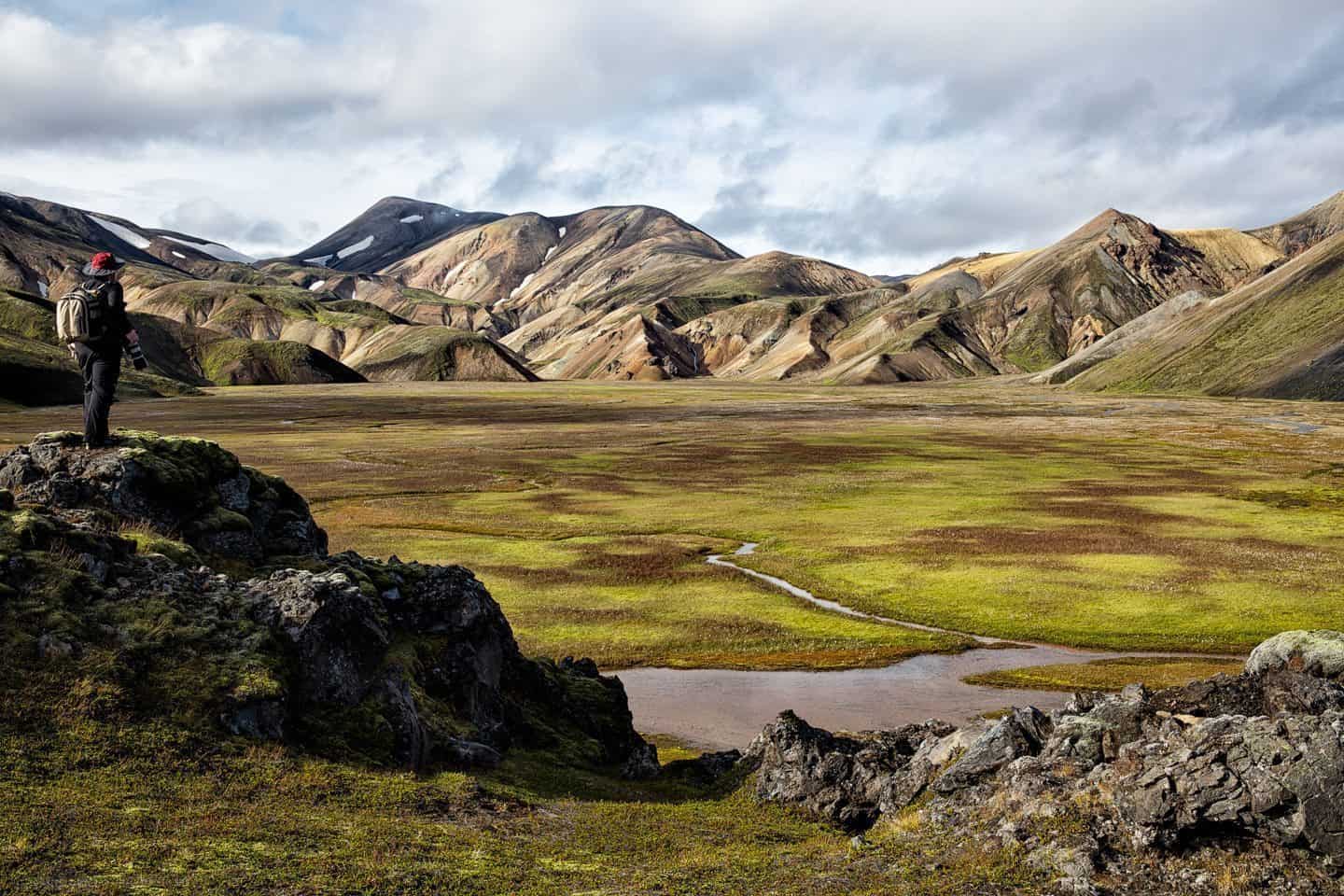
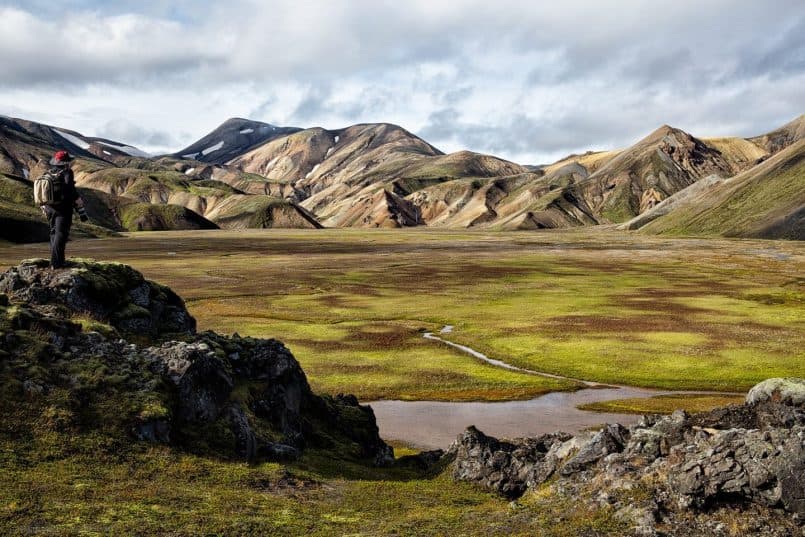
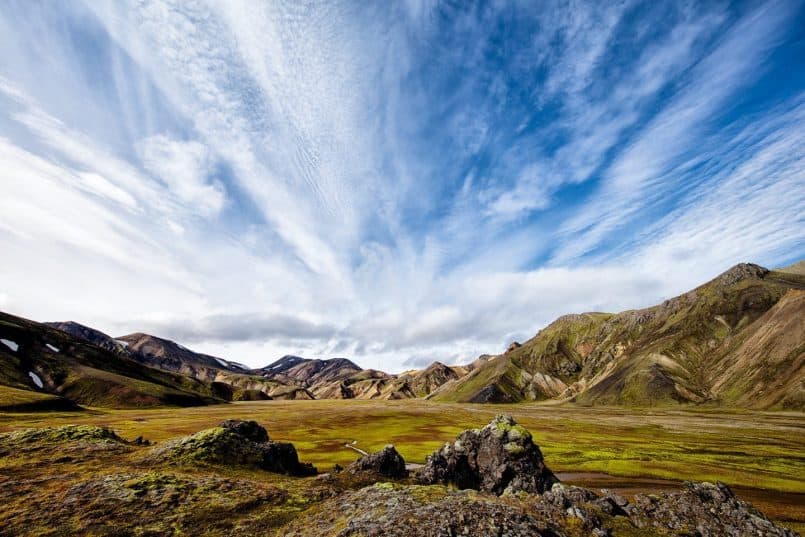
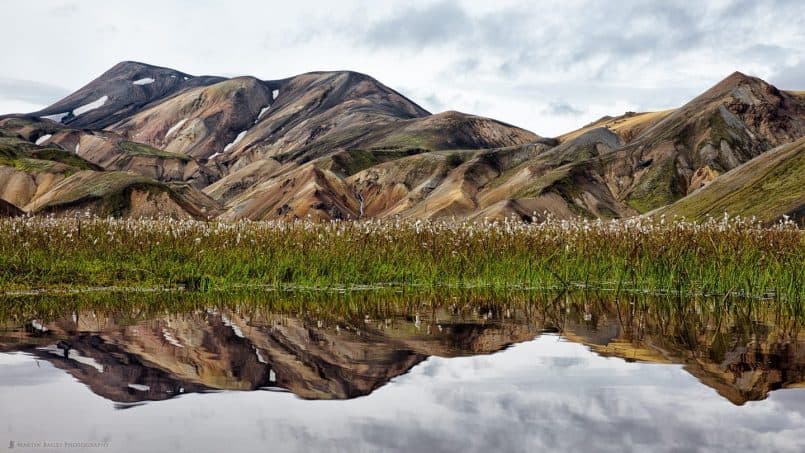
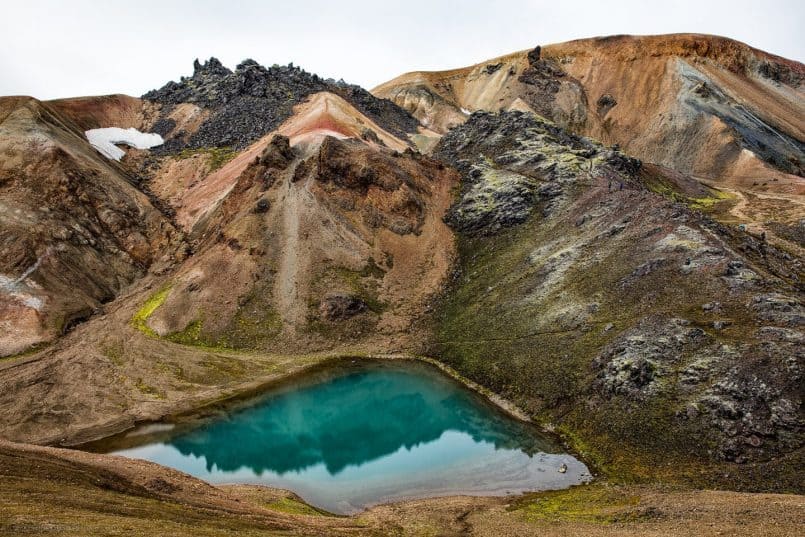
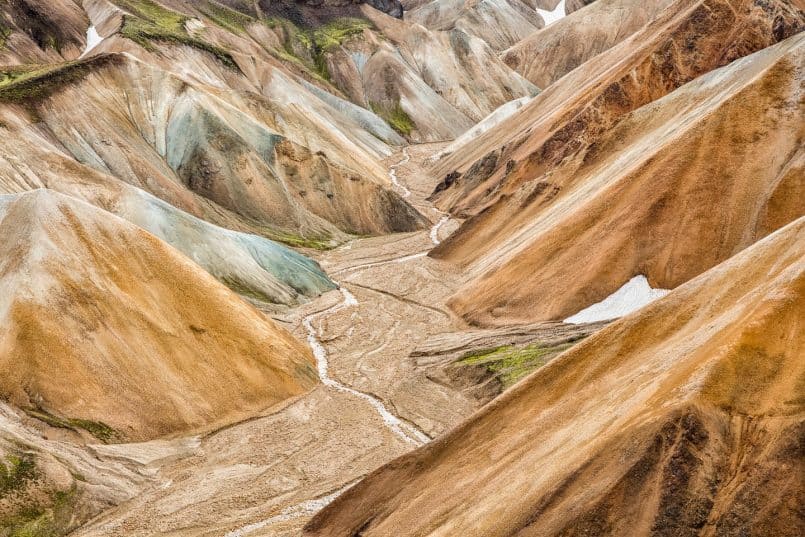
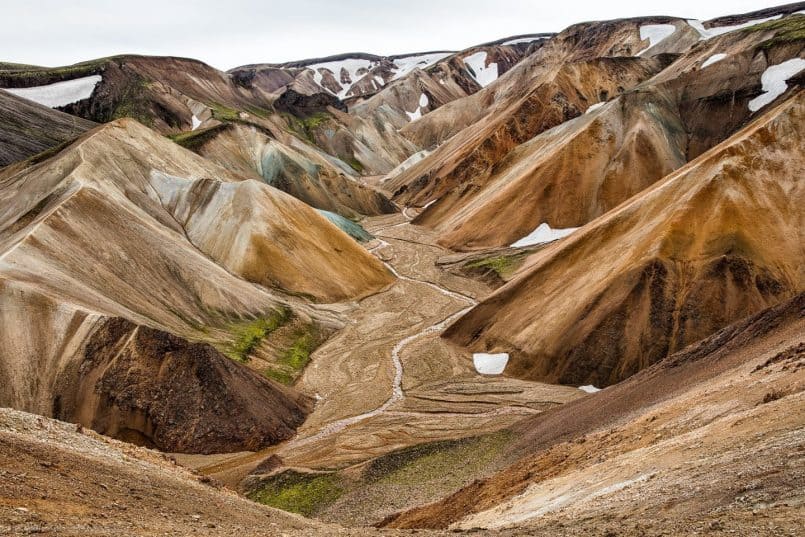
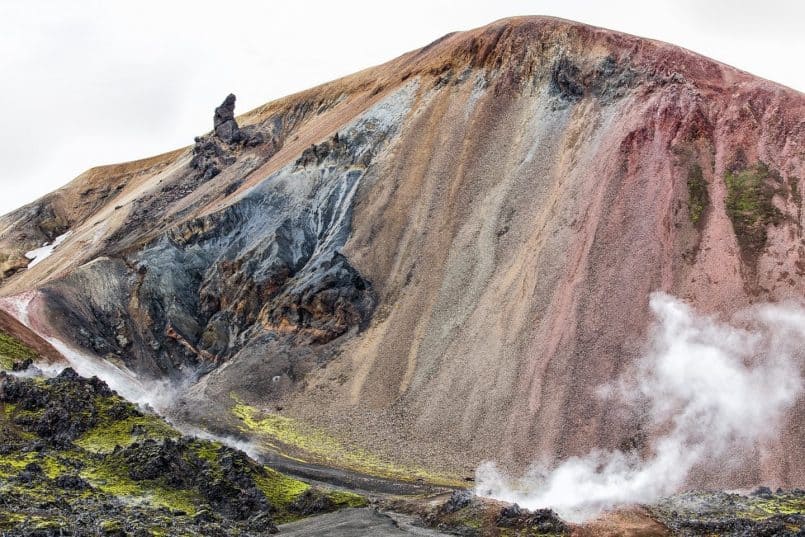
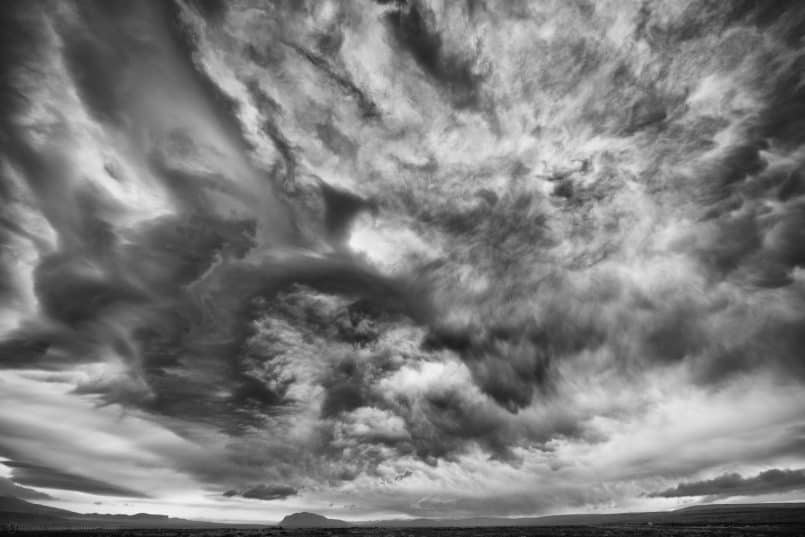
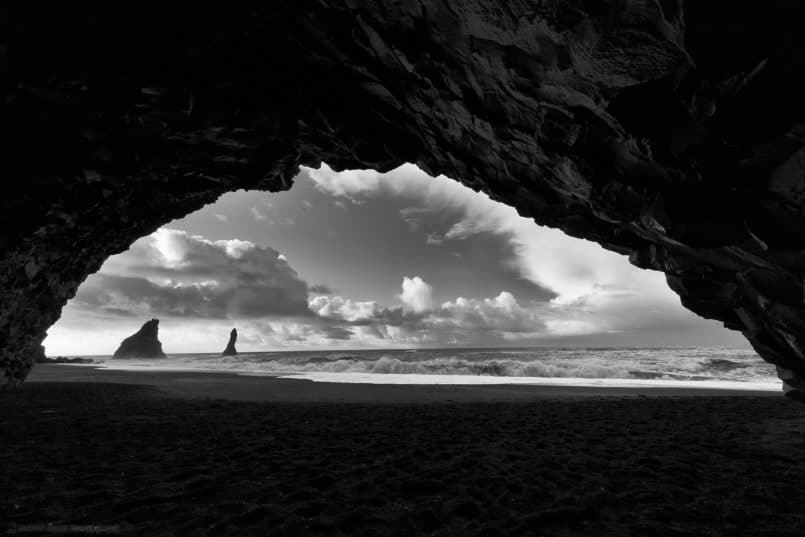
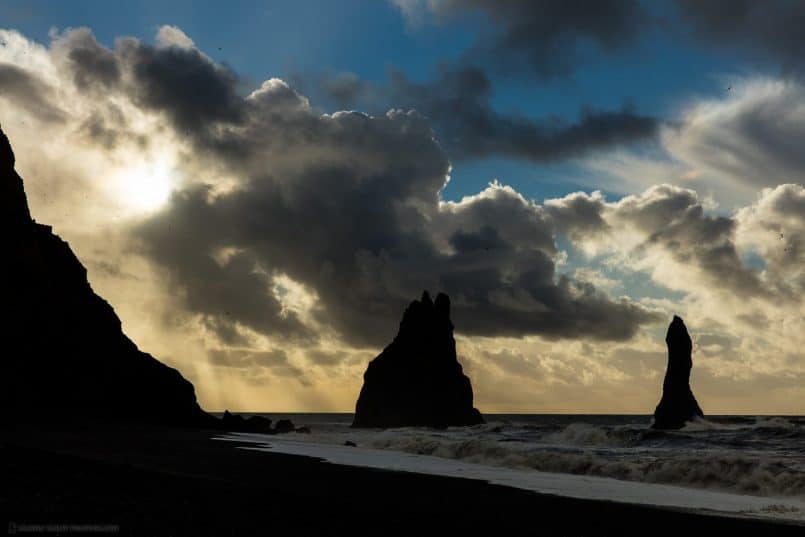
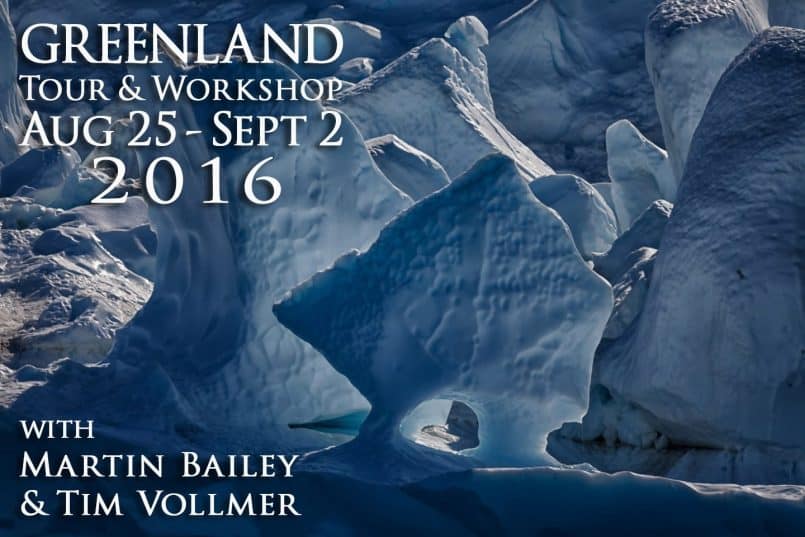

0 Comments